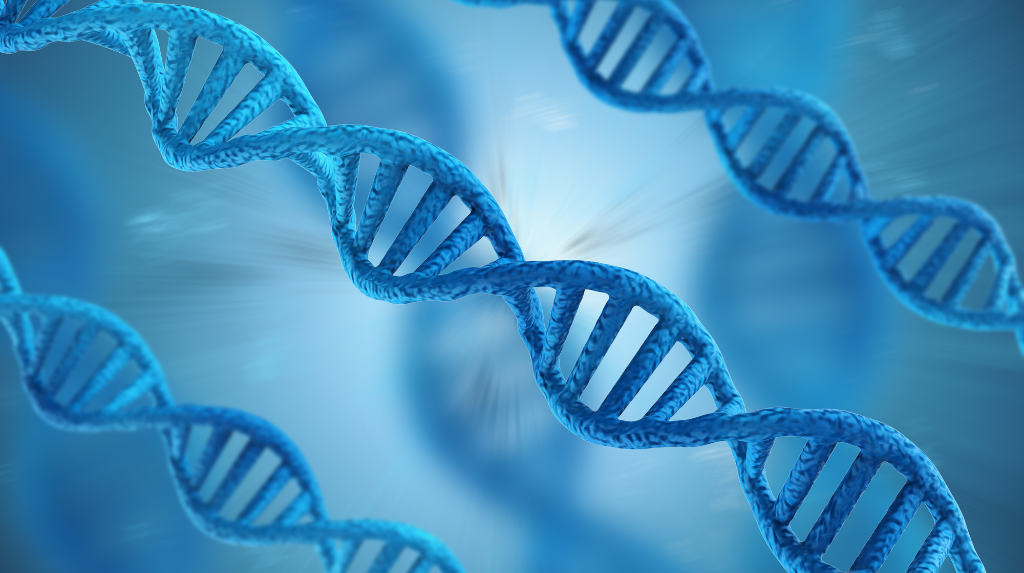
At Cochin Institute (Department Insert 1016 / CNRS / Université Paris Cité and previously at the IAME unit (Inserm unit 1037/Université Paris Cité/Université Sorbonne Paris Nord), Olivier Tenaillon, research director of Inserm, was interested in the consequences of mutations during bacterial adaptation. Working closely with American and Spanish research teams, he published results in the journal Science that show the extent to which adaptation is a predictable process.
The context
With increasing antibiotic resistance and the spread of SARS-CoV-2 variants, it is becoming increasingly clear that microorganisms are constantly evolving to adapt to their environment. This process, based on genetic mutations, offers an exciting but worrying insight into the way these organisms can change over time. Understanding the mechanisms of these adaptations represents a major challenge for medical research.
This phenomenon is closely linked to the occurrence of mutations and their effects on the organism. When these mutations weaken the organism that harbors them, they tell us which functions are critical or essential to the microorganism’s survival in its environment. On the other hand, when mutations give the carrier an advantage over its conspecifics, they provide us with information about adaptations to adapt to local conditions, such as the adaptation to the human host observed in the case of Sars-CoV-2. Therefore, adaptation largely depends on how the effects of available mutations are distributed.
The question then arises as to how the effects of these mutations change over the course of adaptation and to what extent this process is predictable.
To investigate these questions, Olivier Tenaillon and his colleagues used a well-known experiment called “Long-Term Experimental Evolution,” initiated by Richard Lenski. As part of this experiment, twelve populations derived from a bacterial strain of Escherichia coli have been bred and propagated in the laboratory since 1988, with each population having more than 70,000 generations of evolution. The researchers then carefully analyzed the evolution of the distribution of mutation effects during adaptation as part of this renowned experiment.
The results
To characterize the distribution of mutation effects, the researchers used a quantitative approach in which a mobile genetic element was randomly inserted into the genome. By analyzing hundreds of thousands of mutants, they were able to see the effects associated with disrupting each gene and thus construct a distribution of the effects of those mutations.
At the global level, the distribution remains almost unchanged despite significant adjustment. However, significant changes occur within the small proportion of beneficial mutations. While we find numerous mutations in the ancestor that increase the bacteria’s ability to reproduce by more than 5%, after 50,000 generations and, surprisingly, even after 2,000 generations, no mutations with a similar effect are observed. But how are these global changes reflected in the extent of specific mutations?
To address this question, the researchers first examined the essential genes whose function is essential for the proper functioning of the body. Under the conditions used, 550 genes are essential. However, after 50,000 generations, 77 new genes are essential in at least one lineage and 97 are no longer essential in at least one other. The concept of materiality therefore evolves and reveals changing functional dependencies during adaptation.
For the beneficial mutations, rapid changes in the identity of the mutations involved were observed. Therefore, most beneficial ancestral mutations in a genome that arose 2,000 generations ago are no longer beneficial or even harmful. These changes indicate a low predictability of the process. However, most mutations observed in lineages during early stages of adaptation are beneficial to the ancestor. The further we advance in adaptation, the less predictive power the distribution of the effects of mutations becomes. Thus, if the initial stages of adaptation are relatively predictable based on the ancestral genome, subsequent adaptations become increasingly unpredictable.
Perspectives
These results provide, for the first time, quantitative and qualitative insight into how the effects of mutations change during adaptation. They show that the mutational paths taken during adaptation can be predicted in the early stages of adaptation, but that the interdependencies between selected mutations make this adaptation increasingly less predictable and lead to changes in the effects of the mutations, leading to a partial redefinition of lead the essentiality of genes.
For Olivier Tenaillon: “ It is important to consider that the adaptation phase over which we have the greatest predictive power is the one in which adaptation is most dynamic and therefore has a significant impact on the organism “Consequently, this approach proves to be potentially relevant for predicting the evolution of pathogenic organisms such as viruses or bacteria, as well as cancer cells that face major evolutionary challenges such as host switching or resistance to drug treatments.
For further
Online publication : https://www.science.org/doi/10.1126/science.add1417
Contact researchers: byvivre.granvyyba@vafrez.se





